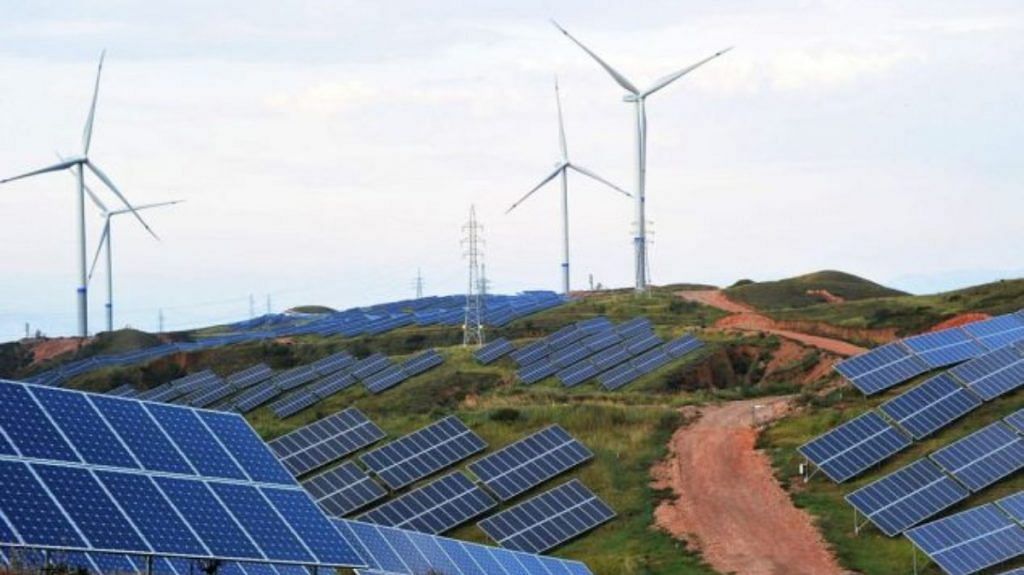If everyone had access to clean, affordable energy, the road to a carbon-neutral world – net-zero emissions by 2050 – would be faster.
That’s why the United Nations launched a roadmap for the clean energy transition during the COP26 climate change conference earlier this month.
The SDG7 Global Roadmap outlines how the world can move to clean energy by 2030, as part of the journey to reducing greenhouse gas emissions to net zero by 2050.
Clean energy is energy from sources that don’t pollute the atmosphere, like solar or wind power.
“Close to 760 million people still lack access to electricity,” UN Secretary-General António Guterres said at the launch of the Global Roadmap. “Some 2.6 billion people lack access to clean cooking solutions. And how we produce and use energy is the main cause of the climate crisis.”
Global Roadmap goals
Four years from now – by 2025 – the goal is that 500 million more people will have access to electricity, while 1 billion more people will be able to access clean cooking solutions.
To achieve this, $35 billion and $25 billion needs to be invested into improving access to electricity and clean cooking, respectively.
By 2025, the roadmap also calls for subsidies for fossil fuel consumption to be re-directed towards renewable energy and energy efficiency.
At #COP26, @antonioguterres released a global roadmap to achieve SDG7 by 2030 and net zero by 2050, which outlines the critical milestones the world needs to achieve to reach global clean energy targets.
More: https://t.co/P0jcfnPcHe pic.twitter.com/9sbPcAjIS8
— UN Environment Programme (@UNEP) November 4, 2021
The world’s annual investment in renewables and energy efficiency must double over the same time frame.
The UN also wants to see 30 million jobs created in renewable energy and energy efficiency by 2025, doubling to 60 million jobs by 2030.
“These will help ensure an inclusive, green recovery by investing in poverty reduction, health, education and social protection,” the UN says.
Also read: This is how a new era of global law will help us fulfil our goals of sustainability
Net zero means no new coal
Before this – by the end of 2021 – the roadmap calls for no new coal power plans to be in the pipeline.
By 2030, the roadmap’s goal is that coal power plants be phased out completely for member countries of the Organization for Economic Co-operation and Development (OECD), and phased out globally by 2040.
By 2030, global annual investment into renewable energy, energy efficiency and renewable energy capacity also needs to triple, it says.
The Global Roadmap aims to achieve Sustainable Development Goal 7 – one of 17 Sustainable Development Goals established by the UN General Assembly in 2015. It pledges to “ensure access to affordable, reliable, sustainable and modern energy for all” by 2030.
Achieving the milestones laid out in the roadmap would enable the world to reach net-zero emissions by 2050, says the UN.
Currently, the deployment of renewable energy is lagging, especially in transport, industry, heating and cooling, it adds.
And without deep decarbonization of global energy systems, the goal of the Paris Agreement to limit global warming to 1.5C will quickly “fall out of reach“.
This article was originally published in the World Economic Forum.
Also read: India’s transition from coal will be ‘messy & complicated, affect 2 crore people’, says study
